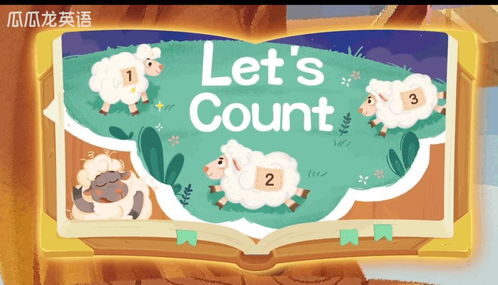Title: Enhancing English Language Skills Through Short Story Learning Videos
In the realm of language acquisition, the utilization of multimedia resources has emerged as an invaluable tool for learners seeking to enhance their proficiency. Among these resources, short story learning videos in English play a pivotal role in fostering comprehensive language skills. Let's delve into how these videos serve as a dynamic means for language learners and explore some effective strategies for utilizing them optimally.
Engagement Through Narrative Immersion:
Short story learning videos captivate learners by immersing them in captivating narratives. Through compelling plots, rich character development, and vivid settings, these videos offer a captivating learning experience. By engaging with narratives, learners not only absorb linguistic structures and vocabulary in context but also develop their comprehension skills, enabling them to decipher nuanced meanings and infer intentions—a crucial aspect of language proficiency.
Expanding Vocabulary Horizons:
Each short story presents a diverse array of vocabulary tailored to its theme and context. Learners encounter new words within meaningful contexts, facilitating comprehension and retention. To maximize vocabulary acquisition, learners can employ various strategies such as pausing the video to look up unfamiliar words, keeping vocabulary journals, and engaging in postviewing activities like word games or quizzes. Additionally, repeated exposure to varied vocabulary through different stories enhances lexical diversity and fluency.
Enhancing Listening and Pronunciation Skills:
Short story learning videos provide an excellent platform for honing listening and pronunciation skills. By listening to native or proficient speakers articulate dialogue and narration, learners acclimatize to natural speech patterns, intonations, and accents. Subtitles or transcripts accompanying the videos aid comprehension, allowing learners to correlate spoken words with their written forms. Moreover, learners can emulate pronunciation by imitating the speech patterns of the characters, thereby refining their own linguistic fluency and accent.
Cultural and Contextual Insights:
Beyond linguistic aspects, short story learning videos offer invaluable insights into cultural nuances and contextual usage of language. Through the depiction of diverse characters, settings, and societal norms, learners gain a holistic understanding of the cultural backdrop underlying the language. This cultural immersion fosters cultural competence, enabling learners to navigate intercultural communication with sensitivity and proficiency—an indispensable skill in today's globalized world.
Interactive Learning and Collaborative Activities:
To further enrich the learning experience, educators can incorporate interactive elements and collaborative activities into short story learning videos. Group discussions, roleplaying exercises, and interactive quizzes not only reinforce comprehension but also promote active engagement and peer interaction. Online platforms and discussion forums facilitate collaborative learning, allowing learners to exchange insights, clarify doubts, and support each other's language journey.
Guided Reflection and Application:
Reflection is integral to effective language learning. After viewing a short story learning video, learners can engage in guided reflection activities to consolidate their understanding and apply newfound knowledge. Prompts for reflection may include questions about the central themes, character motivations, or personal connections to the story. By reflecting on their learning journey, learners internalize linguistic concepts and cultivate metacognitive awareness, empowering them to become autonomous and reflective language learners.
In conclusion, short story learning videos serve as a multifaceted tool for enhancing English language skills, encompassing listening, speaking, reading, and writing proficiencies. Through narrative immersion, vocabulary expansion, listening practice, cultural insights, interactive activities, and guided reflection, learners embark on a dynamic languagelearning journey. By leveraging these videos effectively, educators and learners alike can unlock the full potential of storytelling as a catalyst for language acquisition and cultural exploration. Let the narratives unfold, and let language proficiency flourish.
References:
Vandergrift, L. (2004). Listening to learn or learning to listen? Annual Review of Applied Linguistics, 24, 325.
Nation, I. S. P. (2001). Learning Vocabulary in Another Language. Cambridge University Press.

Byram, M. (1997). Teaching and assessing intercultural communicative competence. Multilingual Matters.












评论
匿名用户
回复英语短文小视频,内容丰富有趣。